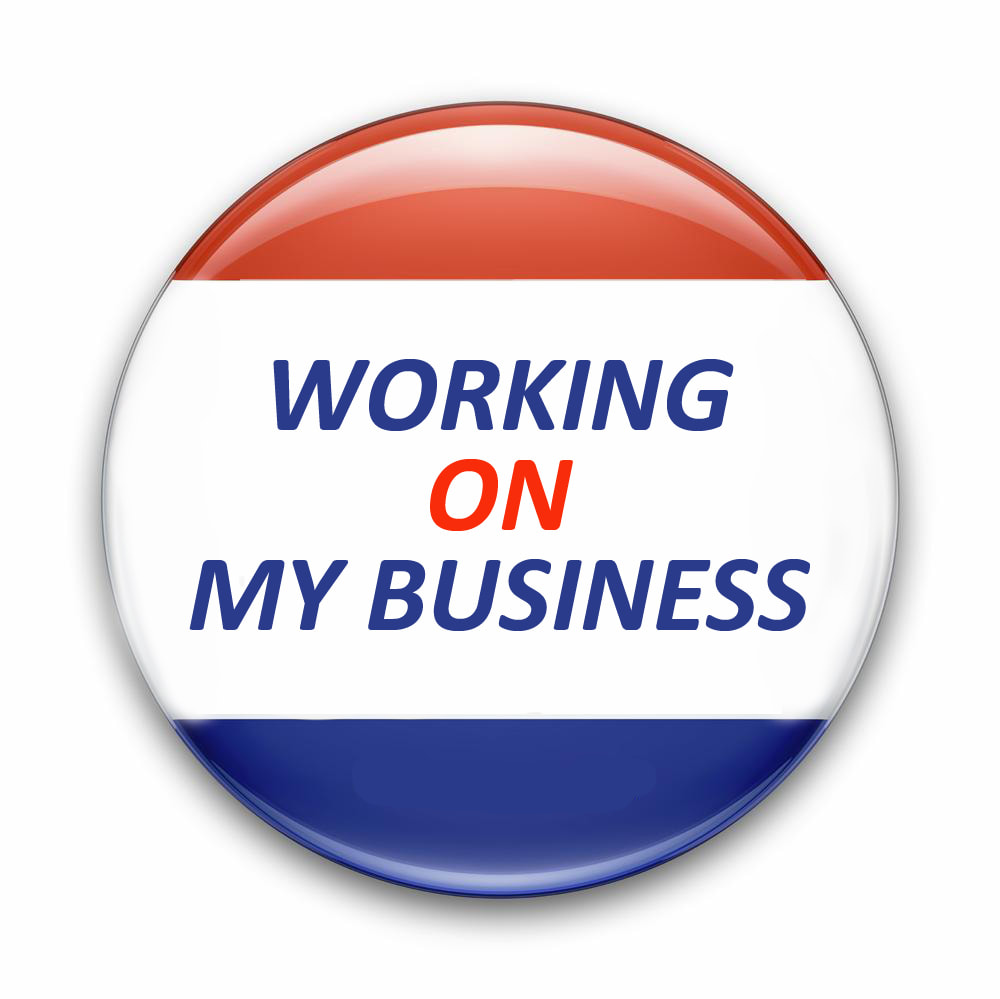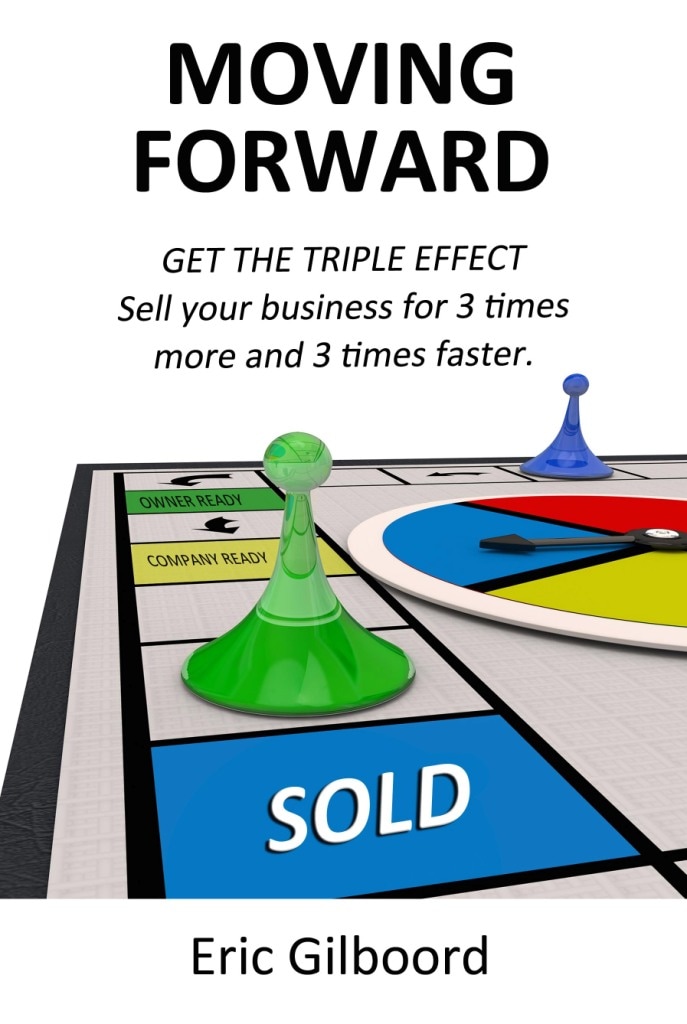By Guy Kawasaki
10 Things You Can Learn From the Apple Store My friend, Carmine Gallo, has written a book called The Apple Experience: Secrets to Building Insanely Great Customer Loyalty. The Apple Store is the most profitable retailer in America, generating an average of $5,600 per square foot and attracting more than 20,000 visitors a week.
In the decade since Steve Jobs and former head of retail, Ron Johnson, decided to reimagine the retail experience, the Apple Store not only reimagined and reinvented retail, it blew up the model entirely and started from scratch. In his research for The Apple Experience, Carmine discovered ten things that the Apple Store can teach any business in any industry to be more successful:
1. Stop selling stuff. When Steve Jobs first started the Apple Store he did not ask the question, “How will we grow our market share from 5 to 10 percent?” Instead he asked, “How do we enrich people’s lives?” Think about your vision. If you were to examine the business model for most brands and retailers and develop a vision around it, the vision would be to “sell more stuff.” A vision based on selling stuff isn’t very inspiring and leads to a very different experience than the Apple Retail Store created.
2. Enrich lives. The vision behind the Apple Store is “enrich lives,” the first two words on a wallet-sized credo card employees are encouraged to carry. When you enrich lives magical things start to happen. For example, enriching lives convinced Apple to have a non-commissioned sales floor where employees feel comfortable spending as much time with a customer as the customer desires. Enriching lives led Apple to build play areas (the “family room”) where kids could see, touch and play on computers. Enriching lives led to the creation of a “Genius Bar” where trained experts are focused on “rebuilding relationships” as much as fixing problems.
3. Hire for smiles. The soul of the Apple Store is in its people. They are hired, trained, motivated and taught to create magical and memorable moments for their customers. The Apple Store values a magnetic personality as much, if not more so, than technical proficiency. The Apple Store cares less about what you know than it cares about how much you love people.
4. Celebrate diversity. Mohawks, tattoos, piercings are all acceptable among Apple Store employees. Apple hires people who reflect the diversity of their customers. Since they are more interested in how passionate you are, your hairstyle doesn’t matter. Early in the Apple Store history, they also learned that former teachers make the best salespeople because they ask a lot of questions. It’s not uncommon to find former teachers, engineers, and artists at an Apple Store. Apple doesn’t look for someone who fits a mold.
5. Unleash inner genius. Teach your customers something they never knew they could do before, and they’ll reward you with their loyalty. For example, the Apple Store offers a unique program to help people understand and enjoy their computers: One to One. The $99 one-year membership program is available with the purchase of a Mac. Apple Store instructors called “creatives” offer personalized instruction inside the Apple Store. Customers can learn just about anything: basics about the Mac operating system; how to design a website; enjoying, sharing, and editing photos or movies; creating a presentation; and much more. The One to One program was created to help build customers for life. It was designed on the premise that the more you understand a product, the more you enjoy it, and the more likely you are to build a long-term relationship with the company. Instructors are trained to provide guidance and instruction, but also to inspire customers, giving them the tools to make them more creative than they ever imagined.
6. Empower employees. I spent one hour talking to an Apple Store specialist about kids, golf, and my business. We spent about ten minutes talking about the product (a MacBook Air). I asked the employee whether he would be reprimanded for spending so much time with one customer. “Not at all,” he replied. “If you have a great experience, that’s all that matters.” Apple has a non-commissioned sales floor for a reason—employees are not pressured to “make a sale.” Instead they are empowered to do what they believe is the right thing to do.
7. Sell the benefit. Apple Store specialists are taught to sell the benefit behind products and to customize those benefits for the customer. For example, I walked to the iPad table with my two young daughters and told the specialist I was considering my first iPad. In a brilliant move, the specialist focused on my two daughters, the ‘secondary’ customer who can influence a purchase. He let the girls play on separate devices. On one device he played the movie, Tangled, and on the other device he brought up a Disney Princess coloring app. My girls were thrilled and, in one memorable moment, my 6-year-old turned me to and said, “I love this store!” It’s easy to see why. Instead of touting “speeds and feeds,” the specialist taught us how the device could improve our lives.
8. Follow the steps of service. The Apple Store teaches its employees to follow five steps in each and every interaction. These are called the Apple five steps of service. They are outlined by the acronym A-P-P-L-E. They are: Approach with a customized, warm greeting. Probe politely to understand the customer’s needs. Present a solution the customer can take home today. Listen for and address unresolved questions. End with a fond farewell and an invitation to return.
9. Create multisensory experiences. The brain loves multi-sensory experiences. In other words, people enjoy being able to see, touch, and play with products. Walk into an Apple Store upon opening and you’ll see all the notebook computer screens perfectly positioned slightly beyond 90-degree angles. The position of the computer lets you see the screen (which is on and loaded with content) but forces you to touch the computer in order to adjust it. Every device in the store is working and connected to the Internet. Spend as much time as you’d like playing with the products—nobody will kick you out. Creatives who give One-to-One workshops do not touch the computer without asking for permission. They want you to do it. The sense of touch helps create an emotional connection with a product.
10. Appeal to the buying brain. Clutter forces the brain to consume energy. Create uncluttered environments instead. The Apple Store is spacious, clean, well-lit, and uncluttered. Cables are hidden from view and no posters on placed on the iconic glass entrances. Computer screens are cleaned constantly. Keep the environment clean, open, and uncluttered.
The three pillars of enchantment are likability, trustworthiness, and quality. Apple’s engineers take care of quality, and the Apple Store experience personifies likability and trustworthiness. I’ve never left an Apple store without being enchanted—in fact, I seldom leave the Apple Store on University Avenue in Palo Alto without being enchanted and buying something too! Resisting Carmine’s book, like resisting an Apple Store, is futile, so just get it here: The Apple Experience: Secrets to Building Insanely Great Customer Loyalty








